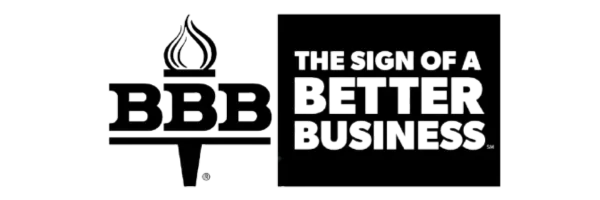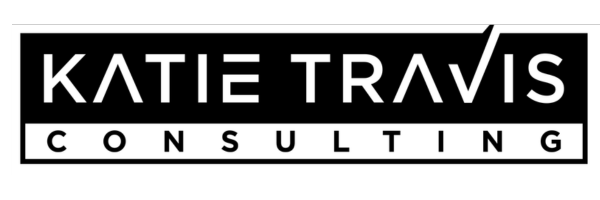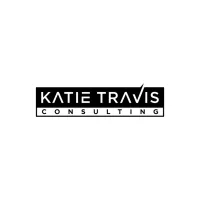Specializing in transitioning teachers + military veterans!
Blog

Successfully Pivoting Careers: Confidence, Growth, and New Opportunities
Successfully Pivoting Careers: Confidence, Growth, and New Opportunities
October 13, 2024 by Katie Travis | Leave a Comment
Changing careers can feel daunting, but it’s one of the most empowering moves you can make. A career pivot not only redefines your professional path but also boosts your confidence and expands your skills in ways you never imagined.
The Power of a Career Pivot
When you successfully transition into a new field, something incredible happens. You begin to truly recognize your value and capabilities. It teaches you not to settle for less, even in the slightest ways. Pivoting doesn’t just change your job title—it changes how you view yourself.
Crafting the Perfect Resume for Career Transitions
Your resume is often the first impression you make on a potential employer. For one of my clients, designing her resume was the key to unlocking her dream role. She went from being a teacher to a thriving professional in her new industry.
Her success didn’t stop there. Soon, she discovered another position that truly resonated with her ambitions. Instead of hesitating, she confidently declared, "I know I have the skills, what have I got to lose?"
Why Confidence Matters in Career Changes
Confidence is the cornerstone of any successful career pivot. Transitioning professionals often doubt whether their skills are transferable. However, real success lies in reframing your experiences and leveraging them to match your new goals. Employers value versatility and adaptability, which are precisely what a pivot showcases.
Top Tips for Building Career Confidence
Identify Transferable Skills: Analyze your past roles for skills that align with your new industry.
Seek Guidance: A professional career coach can provide valuable insights and help you highlight your strengths.
Embrace the Unknown: Take calculated risks—every bold step opens the door to exciting possibilities.
The Role of Resumes in Career Pivots
A well-crafted resume isn’t just about listing job titles—it’s about telling your unique story. The resume I created for my client didn’t just open a door—it created a pathway to her new role. A great resume emphasizes transferable skills, highlights accomplishments, and aligns perfectly with your desired role.
Key Elements of a Career Pivot Resume
Strong Summary: Use a concise opening statement to highlight your value proposition.
Skill Alignment: Focus on skills that fit the new role, even if they were gained in unrelated industries.
Quantifiable Achievements: Show results, such as increased efficiency or improved processes.
Your Next Opportunity Awaits
What’s stopping you from chasing a role that excites you? One of my clients didn’t hesitate when she found a new opportunity that aligned with her passions. She said, “What have I got to lose?” That mindset is what sets successful career changers apart.
Ready to Pivot? Let’s Work Together!
If you’re feeling stuck in your career or wondering how to take the leap, you’re not alone. With the right tools and guidance, you can transition seamlessly into a role that lights your fire.
DM me the word "Pivot" to start your journey toward a confident and rewarding career change. Let’s build a future you’re excited about!

Successfully Pivoting Careers: Confidence, Growth, and New Opportunities
Successfully Pivoting Careers: Confidence, Growth, and New Opportunities
October 13, 2024 by Katie Travis | Leave a Comment
Changing careers can feel daunting, but it’s one of the most empowering moves you can make. A career pivot not only redefines your professional path but also boosts your confidence and expands your skills in ways you never imagined.
The Power of a Career Pivot
When you successfully transition into a new field, something incredible happens. You begin to truly recognize your value and capabilities. It teaches you not to settle for less, even in the slightest ways. Pivoting doesn’t just change your job title—it changes how you view yourself.
Crafting the Perfect Resume for Career Transitions
Your resume is often the first impression you make on a potential employer. For one of my clients, designing her resume was the key to unlocking her dream role. She went from being a teacher to a thriving professional in her new industry.
Her success didn’t stop there. Soon, she discovered another position that truly resonated with her ambitions. Instead of hesitating, she confidently declared, "I know I have the skills, what have I got to lose?"
Why Confidence Matters in Career Changes
Confidence is the cornerstone of any successful career pivot. Transitioning professionals often doubt whether their skills are transferable. However, real success lies in reframing your experiences and leveraging them to match your new goals. Employers value versatility and adaptability, which are precisely what a pivot showcases.
Top Tips for Building Career Confidence
Identify Transferable Skills: Analyze your past roles for skills that align with your new industry.
Seek Guidance: A professional career coach can provide valuable insights and help you highlight your strengths.
Embrace the Unknown: Take calculated risks—every bold step opens the door to exciting possibilities.
The Role of Resumes in Career Pivots
A well-crafted resume isn’t just about listing job titles—it’s about telling your unique story. The resume I created for my client didn’t just open a door—it created a pathway to her new role. A great resume emphasizes transferable skills, highlights accomplishments, and aligns perfectly with your desired role.
Key Elements of a Career Pivot Resume
Strong Summary: Use a concise opening statement to highlight your value proposition.
Skill Alignment: Focus on skills that fit the new role, even if they were gained in unrelated industries.
Quantifiable Achievements: Show results, such as increased efficiency or improved processes.
Your Next Opportunity Awaits
What’s stopping you from chasing a role that excites you? One of my clients didn’t hesitate when she found a new opportunity that aligned with her passions. She said, “What have I got to lose?” That mindset is what sets successful career changers apart.
Ready to Pivot? Let’s Work Together!
If you’re feeling stuck in your career or wondering how to take the leap, you’re not alone. With the right tools and guidance, you can transition seamlessly into a role that lights your fire.
DM me the word "Pivot" to start your journey toward a confident and rewarding career change. Let’s build a future you’re excited about!
Dynamic Speaker + Facilitator with Career Expertise
Katie Travis Consulting is a BBB Accredited Business.
We are committed to providing our clients first-class service with a sharp focus on honesty and integrity.



